The story of a beautiful city

Tangier is a Moroccan city located north of the Kingdom of Morocco on the coasts of the Mediterranean Sea and the Atlantic Ocean. It has a population of 1,065,601, according to the General Population and Housing Statistics 2014 [4], which is the sixth largest city in Morocco in terms of population. Tangier is a meeting point between the Mediterranean Sea and the Atlantic Ocean, on the one hand, and between the European continent and Africa on the other. Tangier is the capital of Tangier-Tetouan-Al Hoceima, one of the most important cities in Morocco. The city is one of the most important trade and industry centers in North Africa and is an important economic pole for the large number of establishments and enterprises, and one of the most important political, economic, cultural and educational centers in Morocco. The history of Tangier is very rich because it is the meeting point of many Mediterranean civilizations. The city was established as an Amazigh capital and a port of Phenicia during the 5th century BC. Several successive civilizations influenced this city, beginning with the Greeks and ending with the Islamic civilization.!
The city of Tangier is 124 square kilometers. Including the city and some of the surrounding forest parks and some small villages very close to the urban orbit. Of this total area, the forests occupy 963 hectares spread over two main sites: Ras Sparlet Forest, also called the Diplomatic Forest or the Rumailat Forest (600 hectares) An arched forest (293 hectares).
While the cultivated area in the vicinity of the city a total of 1095 hectares.
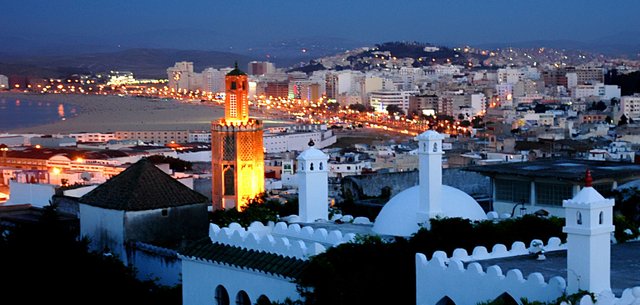
Tangier, on the northern side of the Mediterranean Sea, overlooks a 12 km long bay between Bab El Bahr in Kasbah and Ras Malbata. The Gulf, which is locally called the Great Bay or Palaya, is one of the most important tourist areas of Tangier. It is connected to the Iberia square or the center of the city, which is the economic center of Tangier. On the other hand, it ends at Malabata Castle and tourist resorts in Al Manar area
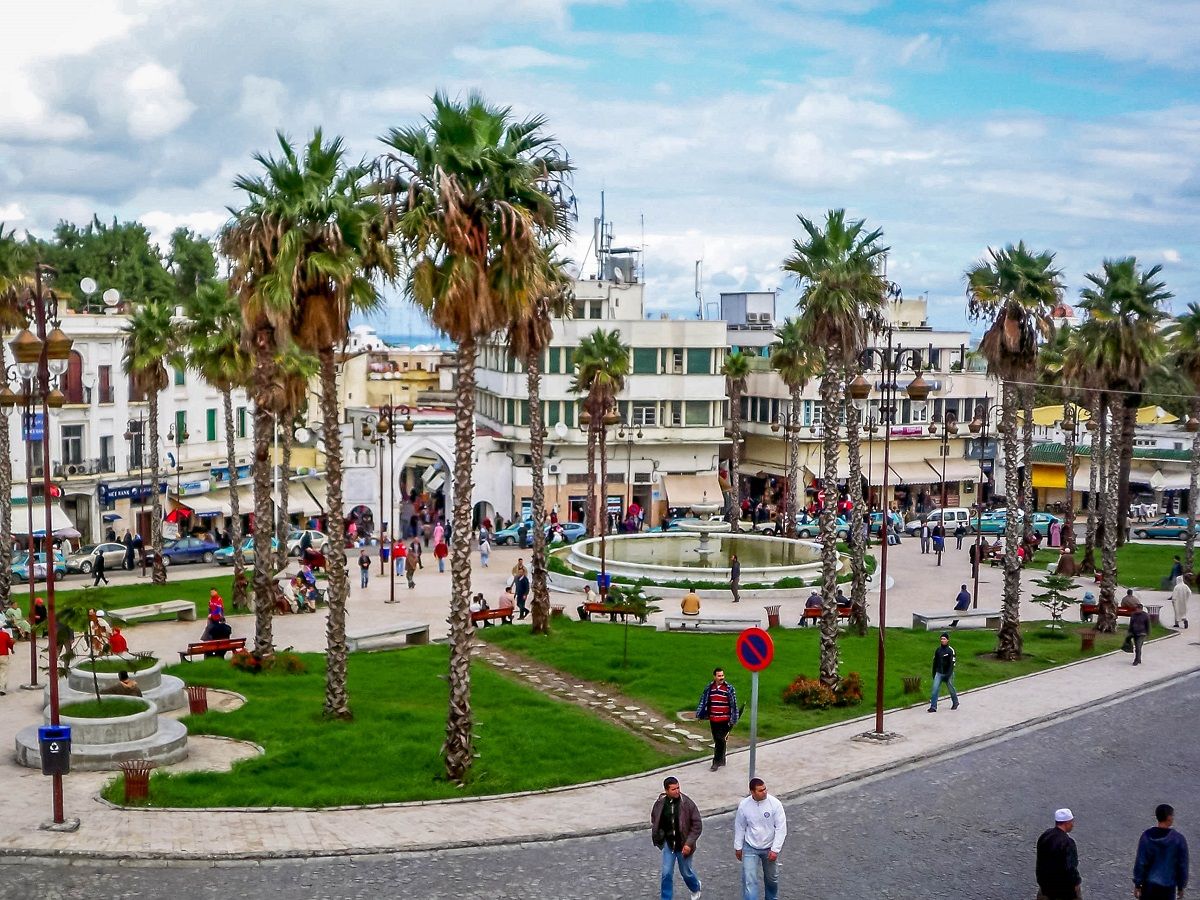
Tangier has a mild and mild Mediterranean climate from October to May, and mildly dry during the summer. The annual precipitation rate is 736 mm, and the temperature fluctuates between a minimum of 8 degrees in January and a maximum of 28 degrees in August. The city of Tangier also has sustained winds throughout the year, due to its location on the Strait of Gibraltar, between the Atlantic air masses and the Mediterranean air masses.
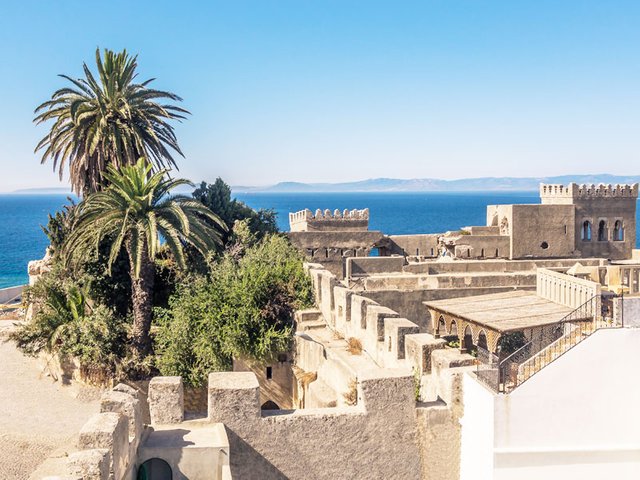
Tourism in Tangier is considered one of the most important financial entrances to the city, providing it with tourism qualifications and distinctive natural scenery. The most important of which is the old city (Kasbah), which overlooks the Mediterranean Sea with its towers and antique doors, some of which still exist. One of its natural features is that it has a Gabonese cover that provides the city with a natural outlet and a beautiful view overlooking the sea. The area of the Rumailat Forest is one of the most important. Including the Hercules Cave, which is located west of the city and overlooks the Atlantic Ocean and features a view similar to the map of Africa.
The city is surrounded by a 16 kilometer long coastal strip from the west and north. Located 12 km from the beach of the Grand Bay of Tangier. This makes Tangier a tourist destination for thousands of tourists each year from inside and outside Morocco.
The city of Tangier receives about 47% of foreign tourists coming to Morocco every year. Old Tangier Port has been converted from a commercial port to a leisure port since 2010 [11].
The city is located on several resorts and coastal villages, the most important of which is Tangier City Center, which opened in 2007 on an area of 18 hectares with a capacity of 1.230 beds equivalent to 20 percent of the city's capacity.
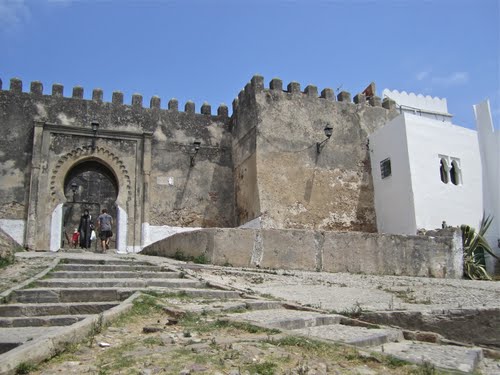
The express ferry service, almost every hour, links Tangier to Tarifa ports in Spain (35 minutes), Green Island, Spain (2 hours), Genoa, Italy. And Ibn Battuta International Airport, which is considered the air transport artery of the city, which although small but receives a good number of passengers. Where it received more than 849,882 passengers in 2011 [13]. The city provides rail networks linking almost all of the Kingdom's cities. The TGV project, which has been in operation since 2014 and the end of 2017, will also be connected to Tangier and Casablanca through Kuneitra and Rabat in about two hours. It is one of the most important buildings of interest to the city in rehabilitating and developing its infrastructure. Shortly after the launch of the Greater Tangier project. The train is expected to carry more than 8 million passengers in its first year.
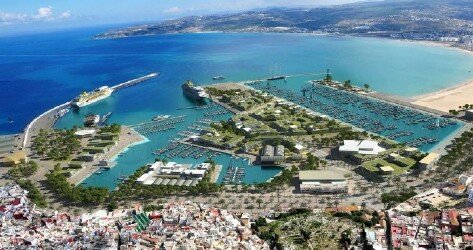
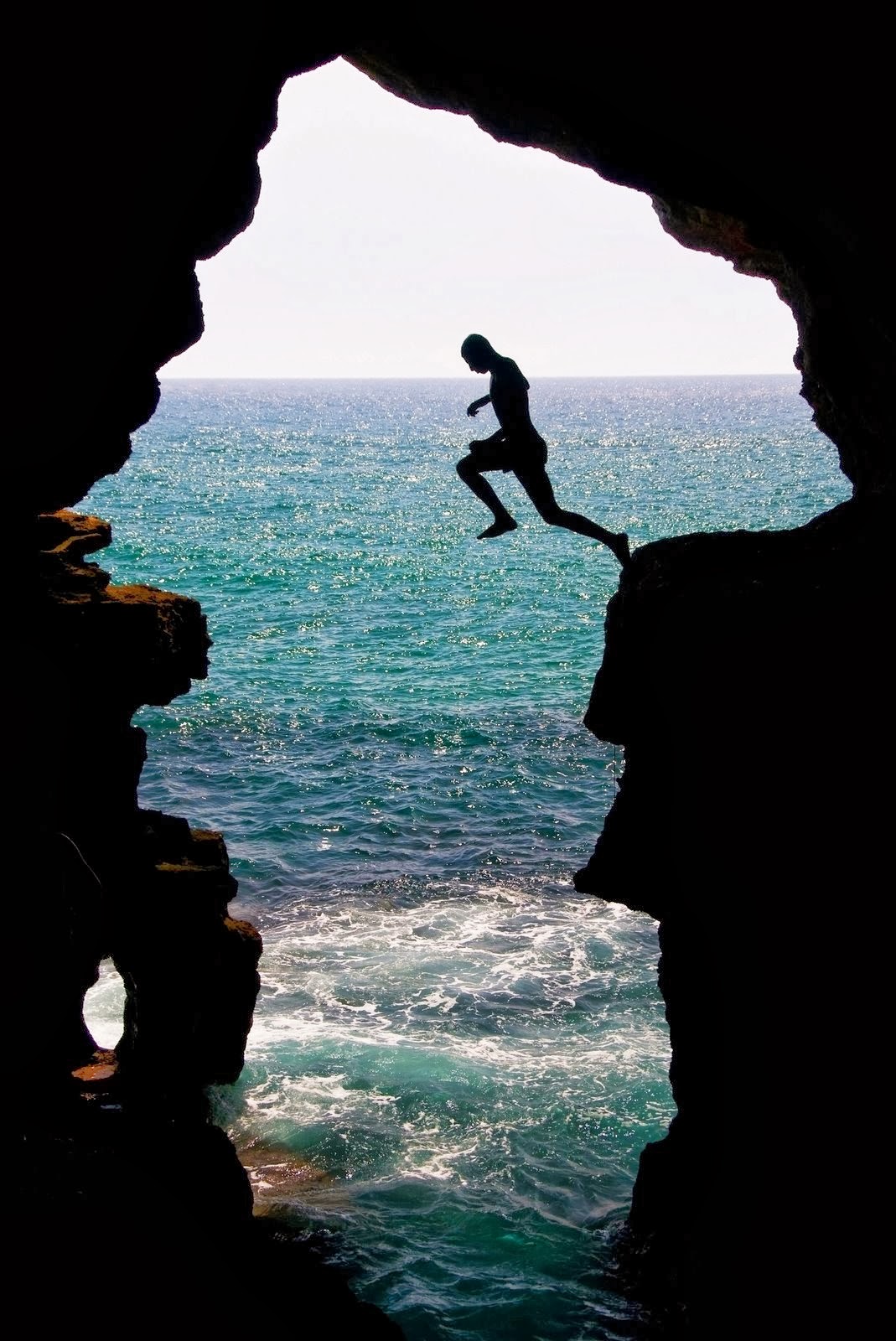
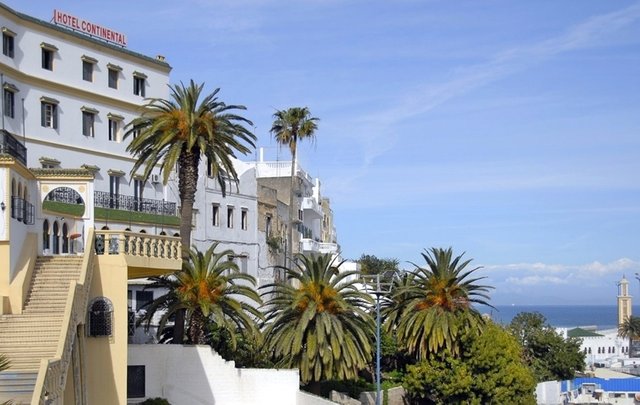
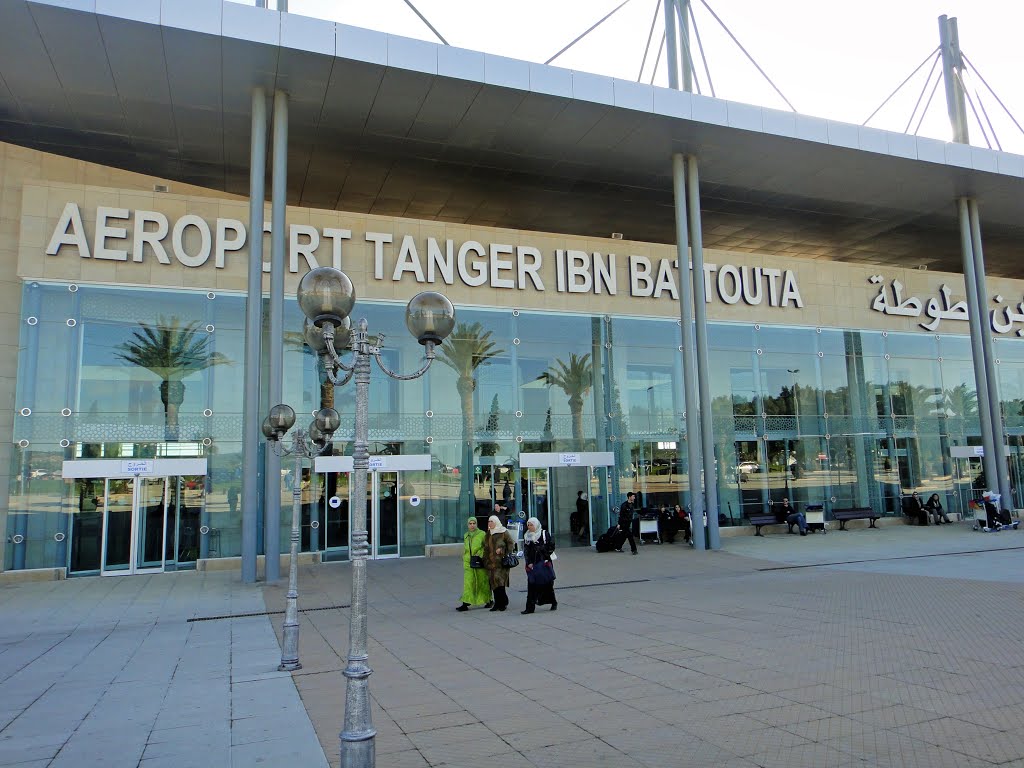
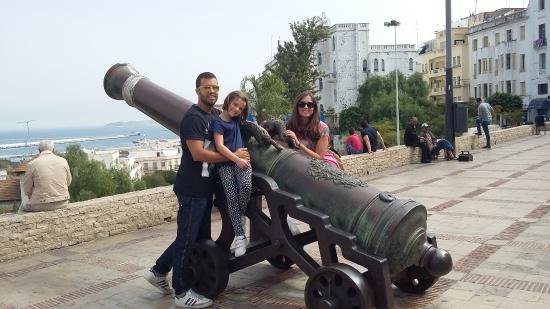 !
!
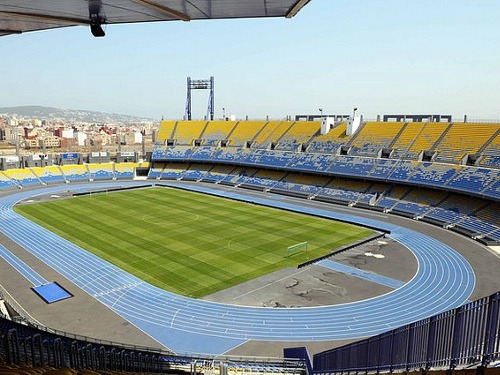
Great photos! Didn't know much about the area previously and now I do, so thank-you for the great content!
Your comments make us work more. Thank you